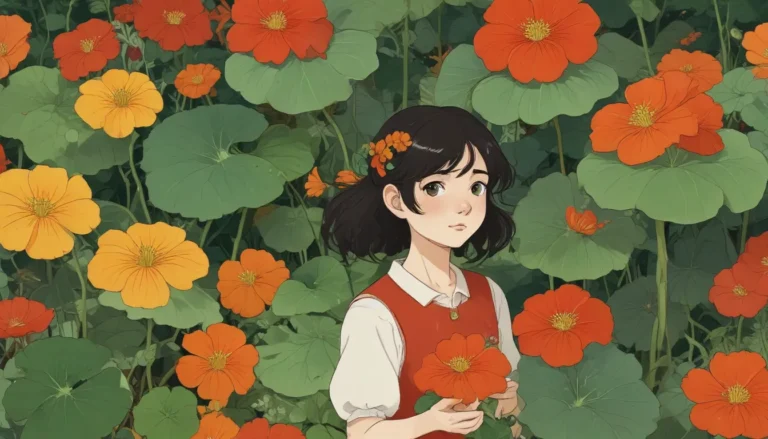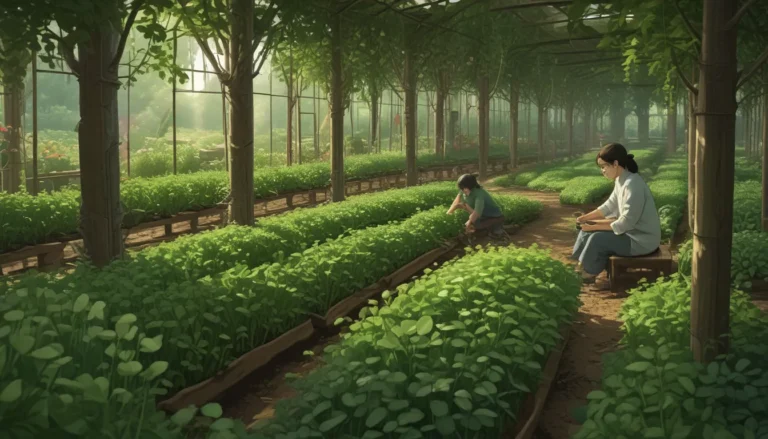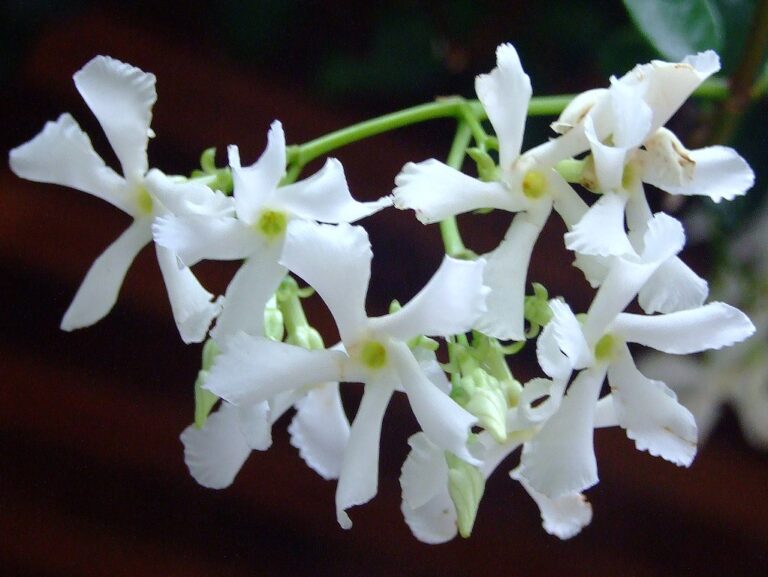The Ultimate Guide to Growing Flowering Quince for Early Spring Color

Have you ever strolled down a gray, dreary sidewalk in late February and been surprised by a burst of color from a lovely, woody shrub already in bloom? If so, you may have encountered a flowering quince.
These woody, perennial shrubs share the rose family, Rosaceae, with quince fruit trees, although they are distinct branches in the plant family tree. Flowering quince, belonging to the Chaenomeles genus, are early bloomers, often flowering before or at the same time as they produce leaves, with buds appearing on old wood.
Perfect for growing in USDA Hardiness Zones 4 to 9, these attractive plants are among the first signs of spring.
Are you interested in adding these beauties to your garden? Let’s dive into everything you need to know to grow flowering quince successfully!
What You’ll Learn
- What Is Flowering Quince?
- Propagation
- How to Grow
- Growing Tips
- Pruning and Maintenance
- Cultivars to Select
- Managing Pests and Disease
- Best Uses
- Quick Reference Growing Guide
What Is Flowering Quince?
While not to be confused with fruiting quince, some varieties of flowering quince do produce edible fruits in the fall, appreciated by backyard birds. The aromatic fruits, resembling small, hard apples, can be used for jams and jellies due to their high pectin content.
However, the main attraction of these shrubs is their stunning flowers in shades of pink, orange, red, and white. The three species of flowering quince are:
- C. cathayensis (Chinese flowering quince):
- Bears nearly six-inch fruits and grows up to 10 feet.
- Native to China, Bhutan, and Burma, hardy in Zones 4-8.
- C. speciosa:
- Produces red, pink, orange, or white blossoms on arching branches.
- C. japonica (Japanese flowering quince):
- Grows to two to four feet and features red, salmon, and orange-hued blooms.
Some varieties of these species rebloom in the fall, offering an extra burst of color. Flowering quince grows in a sprawling manner, and regular pruning is essential to prevent tangling.
Propagation
While you can grow flowering quince from seed, it may take time to mature fully. Propagation is often done through tip layering, stem cuttings, or basal cuttings. It’s easier to purchase an existing shrub from a nursery to get started.
- From Seed:
- Cold stratify seeds in peat moss for three months before sowing.
- Tip Layering:
- Select a flexible branch to bend to the ground, cover with soil until rooted, then transplant.
- From Basal Cuttings and Suckers:
- Take basal cuttings from new stems at the base of the plant for easier propagation.
How to Grow
- Location: Full sun to part shade, well-draining, organically rich soil with a slightly acidic pH.
- Planting: Transplant in winter while dormant, water well in the first year until established.
- Watering: Watering needs decrease after the first year, mulch to retain moisture.
- Feeding: Use balanced fertilizer in late winter to early spring.
- Container Growing: Choose a large container with good drainage and adjust watering accordingly.
Growing Tips
- Protection: Plant near a wall or fence to protect from wind.
- Soil: Ensure well-draining soil.
- Feeding: Feed annually with a balanced fertilizer.
Pruning and Maintenance
- Pruning: Remove dead branches, prune in late spring after blooming.
- Maintenance: Keep an eye out for disease and pests.
Cultivars to Select
- Double Take Pink: Features lush, double-flowered, pink blooms without the need for yearly pruning.
- Chojubai: A dwarf cultivar with ruby-red blooms, ideal for small spaces or bonsai.
- Texas Scarlet: Produces salmon-pink blossoms and attracts birds and butterflies.
Managing Pests and Disease
- Insects: Watch out for aphids, scale insects, and spider mites.
- Diseases: Apple scab and cedar-quince rust can affect your plants, manage with appropriate fungicides.
Best Uses
- Security Hedge: Plant along a fence for protection.
- Mixed Plantings: Add color to perennial beds and borders.
- Indoor Bouquets: Cut budding twigs for indoor vases.
- Culinary Use: Try making quince jam with fruits if desired.
A Feast for the Eyes
Flowering quince is a low-maintenance shrub that provides early spring color to attract pollinators and add a visual treat to your garden. With proper care and maintenance, these shrubs can thrive and beautify your outdoor space for years to come.
Have you had the pleasure of growing flowering quince in your garden? Share your experiences and questions in the comments below!
And for more guides on growing ornamental shrubs in your garden, explore these helpful resources:
- Growing and Caring for Winterberry Holly
- Best Variegated Shrubs for Your Landscape
- Planting Shrubs in Autumn
Remember, growing flowering quince is not only a hobby – it’s an art that brightens up your yard with vibrant colors when nothing else dares to bloom. So, get ready to transform your garden into a colorful paradise this early spring season!





